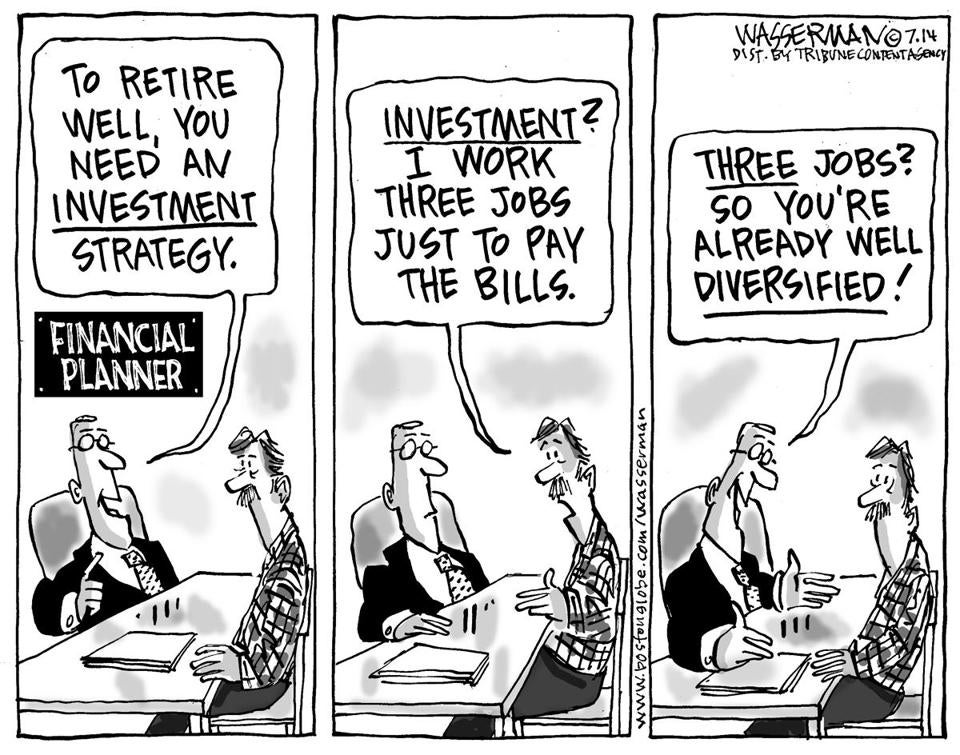The company I work for went public, and I own 7 figures worth of shares, comprising 85% of my net worth. That's not a percentage I'm happy about (although the figures worth is pretty awesome). The lock-up period expires in Q4, so until then I can plan how best diversify my holdings. There are some conflicting concerns in getting there:
1. Historically, new stocks take a dive when the lock-up period ends.
2. For taxes, it's much better to spread things out over multiple tax years. (I'm already in long-term cap gains.)
3. For diversification, it's best to sell ASAP. What if the stock takes a permanent dive?
Similarly, I have a bunch of unvested options, for which all the same concerns apply.
I'm curious how other people have approached this problem. Does a firecalc-like tool exists that can evaluate several strategies against real-world lock-up-expiring data. (Does that data even exist? Can I download lots of raw stock data somewhere?)
1. Historically, new stocks take a dive when the lock-up period ends.
2. For taxes, it's much better to spread things out over multiple tax years. (I'm already in long-term cap gains.)
3. For diversification, it's best to sell ASAP. What if the stock takes a permanent dive?
Similarly, I have a bunch of unvested options, for which all the same concerns apply.
I'm curious how other people have approached this problem. Does a firecalc-like tool exists that can evaluate several strategies against real-world lock-up-expiring data. (Does that data even exist? Can I download lots of raw stock data somewhere?)

